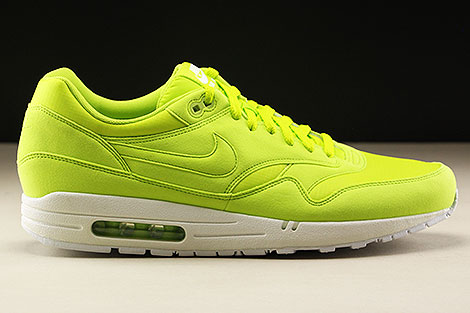
Nike Air Max 1 (308866-331)
Lightgreenavailable
140 €








available
140 €
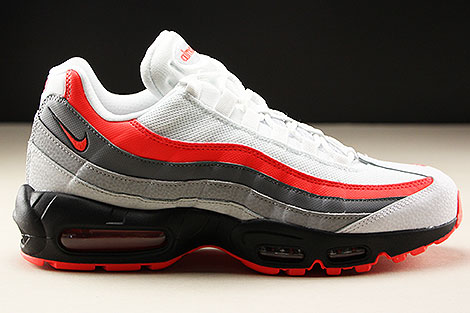
available
170 €
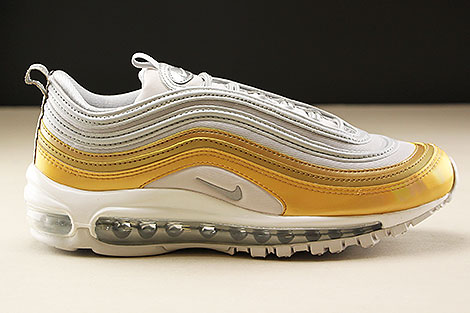
available
190 €
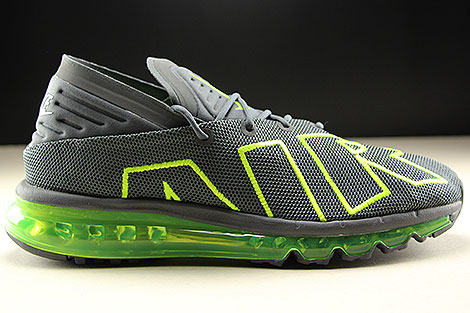
available
180 €
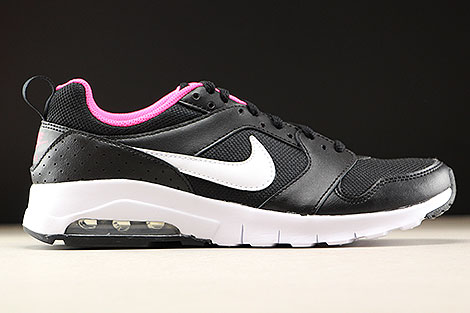
available
70 €
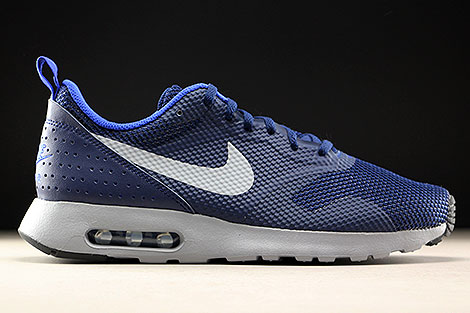
available
120 €
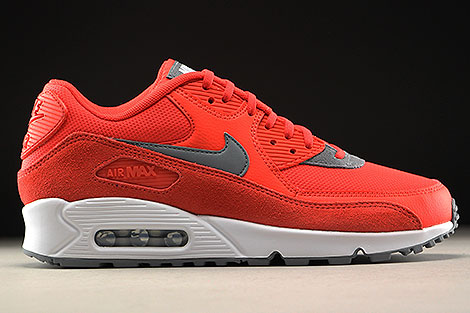
available
140 €
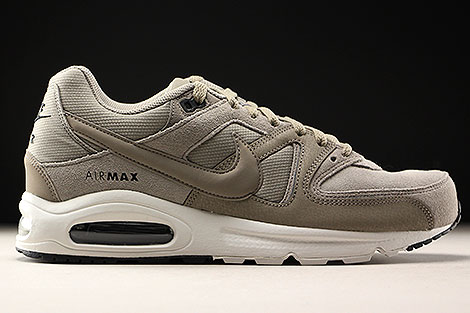
available
135 €
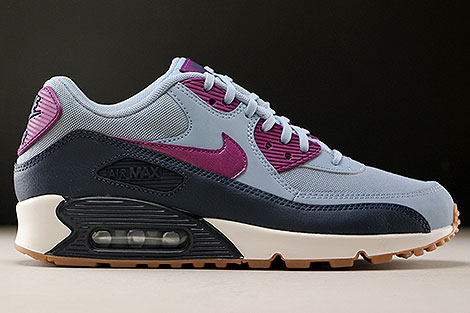
available
140 €
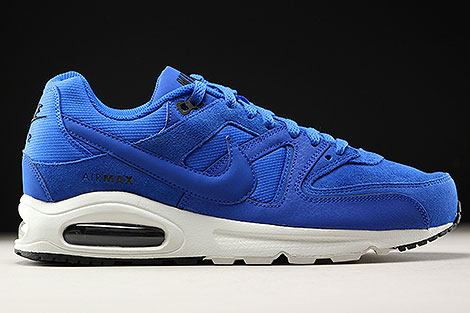
available
135 €
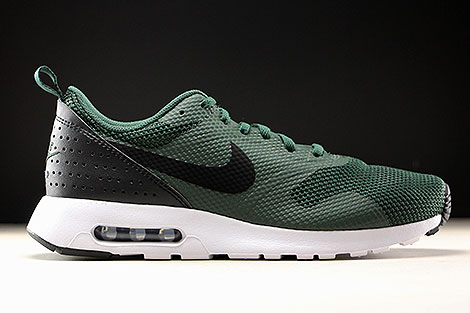
available
120 €

available
120 €
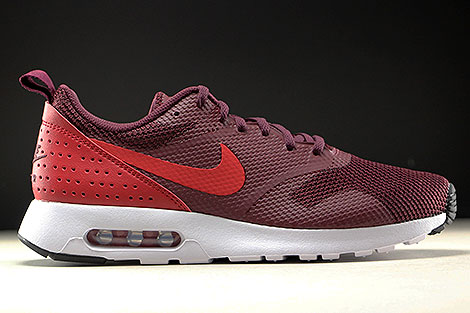
available
120 €
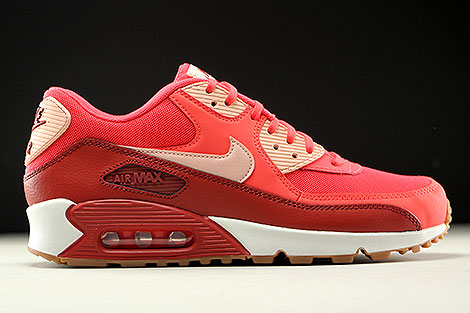
available
140 €
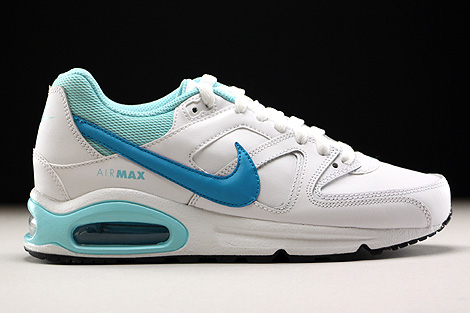
available
90 €
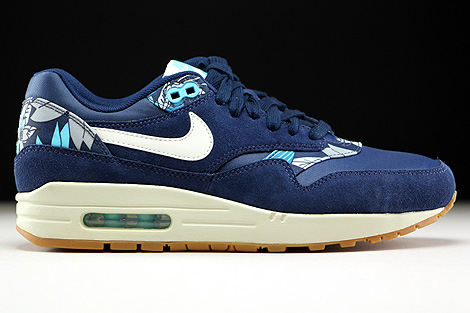
available
140 €
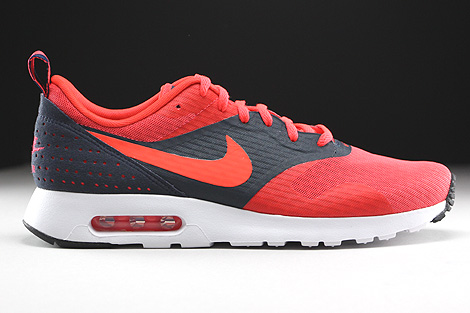
available
120 €
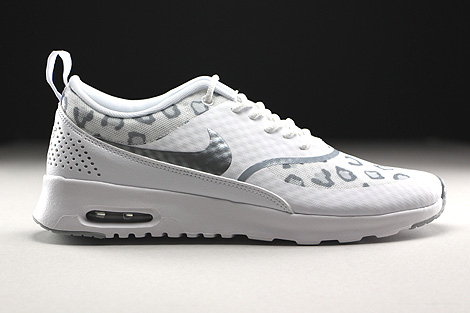
available
125 €
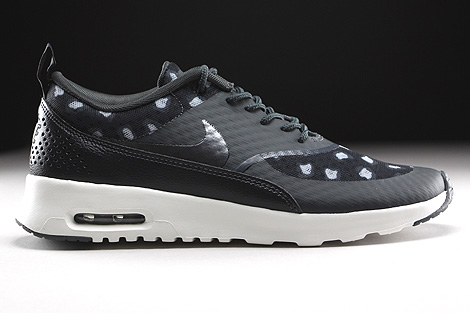
available
125 €
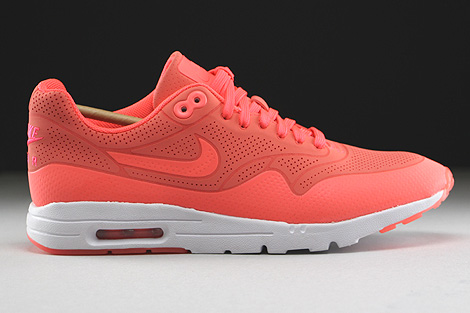
available
145 €
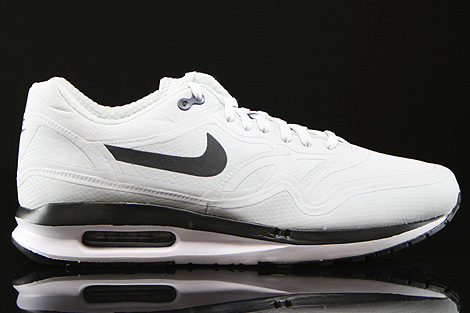
available
145 €
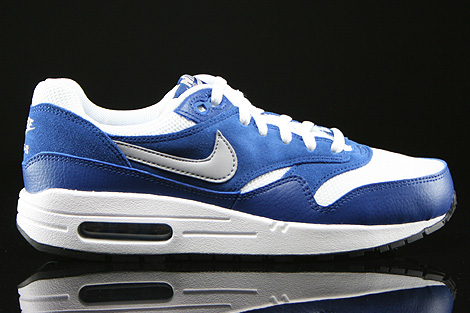
available
95 €
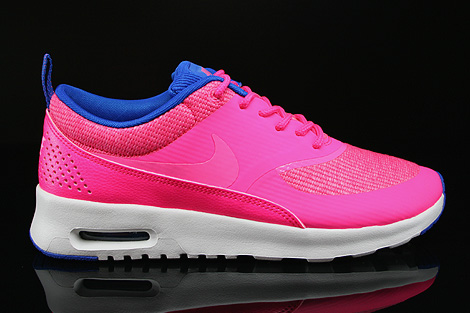
available
130 €
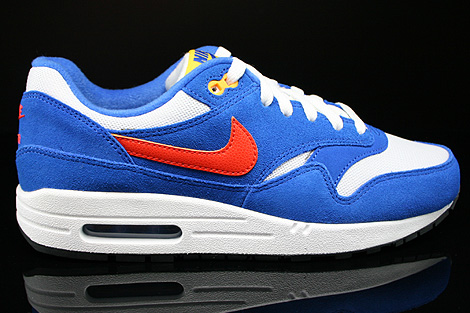
available
95 €
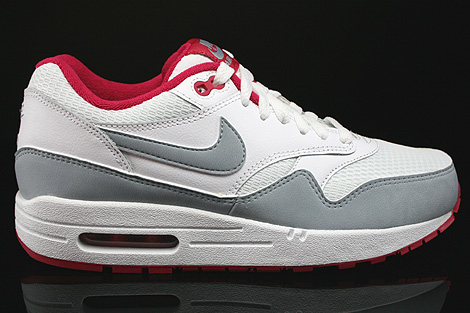
available
140 €110 €

available
95 €
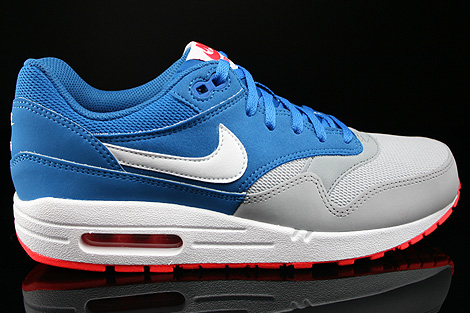
available
95 €
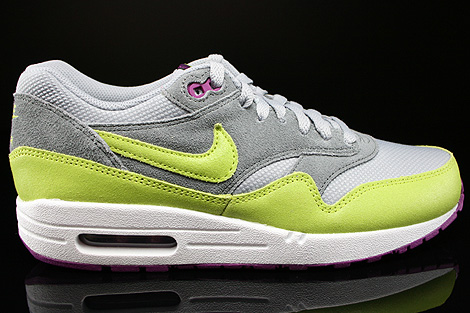
available
140 €110 €
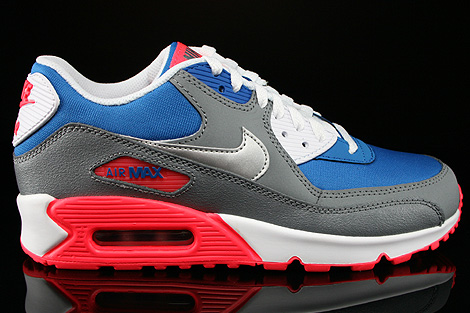
available
100 €
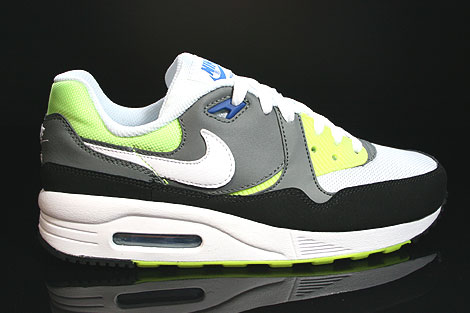
available
100 €80 €

available
140 €110 €
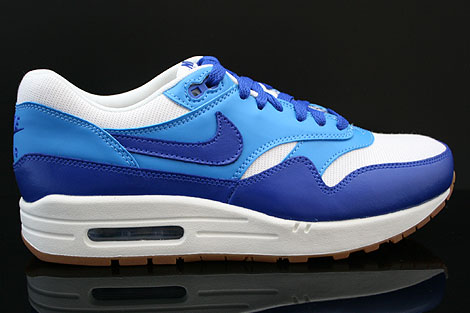
available
140 €110 €
In 1987 Nike introduced the Air Max, a running shoe with a unique air cushioning unit. The air unit was originally only visible from the side of the midsole, but later models (starting in 1993) had the air visible on the back and sides and in 1995, visible on the forefoot. Since its introduction, Nike has frequently introduced new and updated models in the same product line especially sought after models like the Nike Air Max 1, Air Max 95, Air Max 97, Air Max BW / Air Max Classic or the Air Max 360.
Also in 1987, Nike debuted a shoe that would forever change footwear. Designed for runners in need of maximum cushioning and stability, the Nike Air Max 1 featured the largest air sole unit to date. For Tinker Hatfield and Nike Design the challenge was not only to build the best Air shoe of its age but also to allow athletes to understand what they were getting when they chose to run on Nike Air.
"The original goal was to put a shoe out there that had more cushioning than anything else previously made. The challenge became: how do we let runners and the general public see the Air Sole at work." - Tinker Hatfield, VP of Creative Design.
The Nike Air Max 1 represented a new generation of athletic footwear, breaking from the tradition of the way a sneaker was supposed to look like. By color choice alone, the Nike Air Max 1 was unlike anything else on the market. The Nike Air Max 1 introduced a Sport Red color rand that wrapped the AM1's upper, radically challenging the aesthetic norm of the age, which called for athletic footwear to be neutral colored and mundane. The Nike Air Max 1 not only started a revolution in Air, but equally important, a revolution in color.